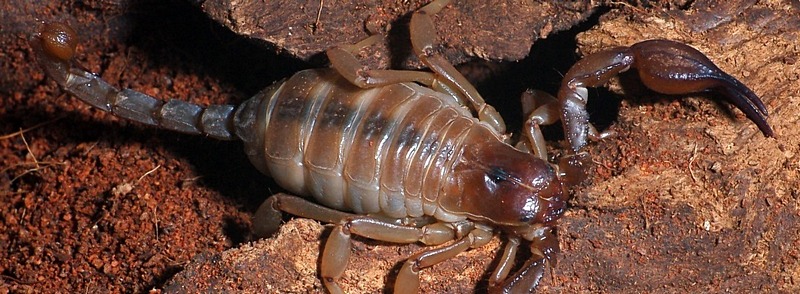
Size: 70-100mm
Ecomorphotype: Fossorial-Obligate burrower
Description: A member of the endemic Australian Urodacidae family, whose closest relatives include members of the Scorpionidae inc., Heterometrus, Opisthophthalmus, and Pandinus.
A reasonably large robust scorpion, with well-developed metasomal carinae and spines. A sand comb is present, but with much fewer setae compared to that of U. yaschenkoi. Tarsal claws are equal in length on all feet. Cheliceral teeth show a lack of secondary serrations.
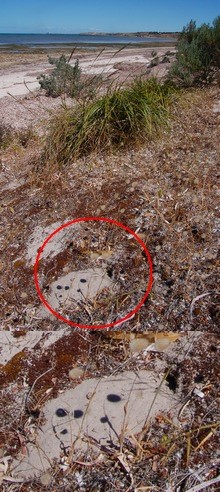
Costal Habitat
Burrows at the high end of the littoral zone are not uncommon as shown here in low coastal dunes - SA.
A Species Complex
There are a number of forms under this species name, at least two in SA and at least one in WA. In SA the form found along beaches north of Adelaide and at least along the east coast of the Yorke Peninsula is quite different to that found at the foot of York Peninsula, which is a lot more like the typical forms around the Perth coastal regions. This scorpion can (but not always) have a distinct two-tone appearance where the carapace and pedipalps are often a dark reddish/brown colour with the rest of the scorpion being a lighter brown. More than likely the WA and SA forms will be different species as there are some distinctive differences between them. There is another undescribed two-tone species found in the Perth region which is sometimes confused with this species, the latter is not a coastal species. Other more uniform yellowish forms are also found. Future DNA work should help to differentiate this species complex into valid species.
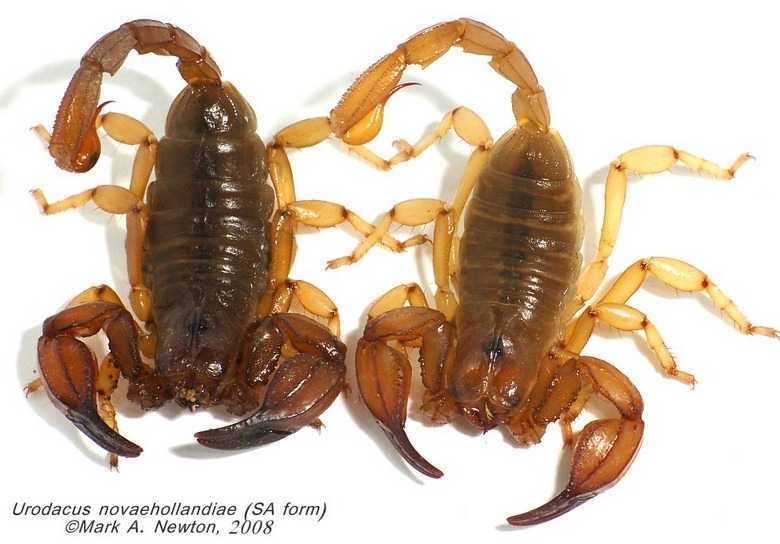
Forms from beaches north of Adelaide
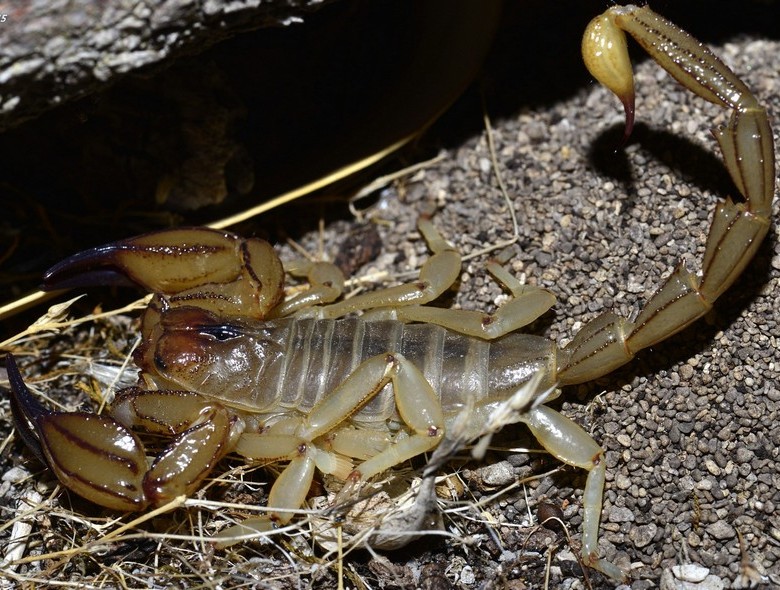
Form from the bottom end of York Peninsula - SA. This type is more typical of WA forms.
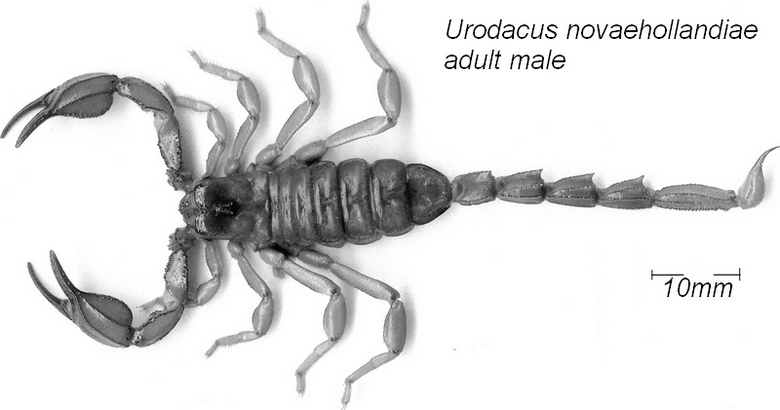
Adult male showing large metasomal spines and typical longs legs of an obligate burrower.
Reference:
Koch, L. E. 1977. The taxonomy, geographic distribution and evolutionary radiation of Australo-Papuan scorpions. Records of the Western Australian Museum 5 (2):83-367.
